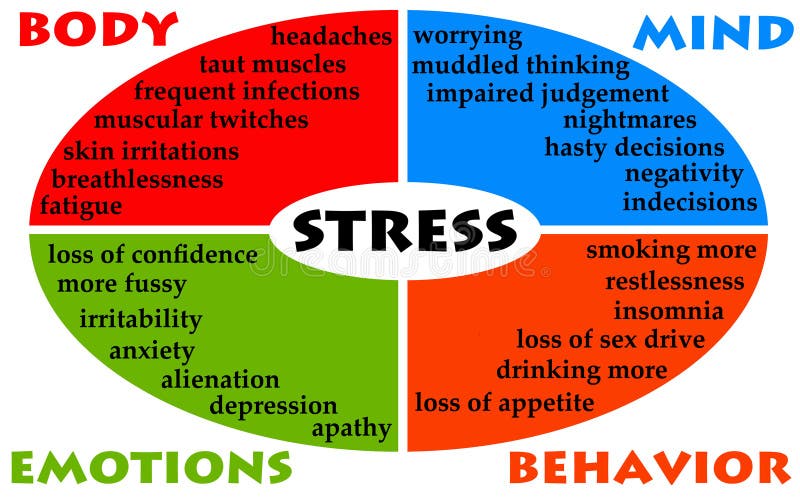

The original, 1893 version of The Scream was one of 22 elements in the cycle.
#RAW EMOTION MEANING SERIES#
They were conceived for his epic, semi-autobiographical series The Frieze of Life, which transmuted his own high-keyed emotions concerning love, sexuality and death into universal symbols. It was in Germany, during several creatively frenzied years, while fraternising with like-minded artists and writers, such as his close friend August Strindberg, at a bar called the Black Piglet, that Munch created the major paintings which remain his best-known works, including The Vampire and Madonna. Although the show concentrates on the latter stages of the artist’s career (Munch died in 1944), it still finds room for The Scream of 1895, which he created three years after first arriving in Berlin, where he quickly made a notorious name for himself.

The exhibition at the Neue Galerie explores the relationship between Munch, who was born the second of five children to an impoverished military doctor in 1863, and the avant-garde Expressionist art movement that emerged in Germany and Austria in the early years of the 20th Century. So it has this unbelievably charged, vital surface, which you don’t really get in the oil paintings in the same way.”

In my mind, it is the most intense version: because pastel is such a free medium, you can see Munch altering lines and changing contours. “But the pastel version is incredible, because the colour is so vivid, so fresh, it’s like it was made yesterday. “The most prized version is the oil painting in the National Gallery in Oslo,” says the art historian Jill Lloyd, who has curated the exhibition.


 0 kommentar(er)
0 kommentar(er)
